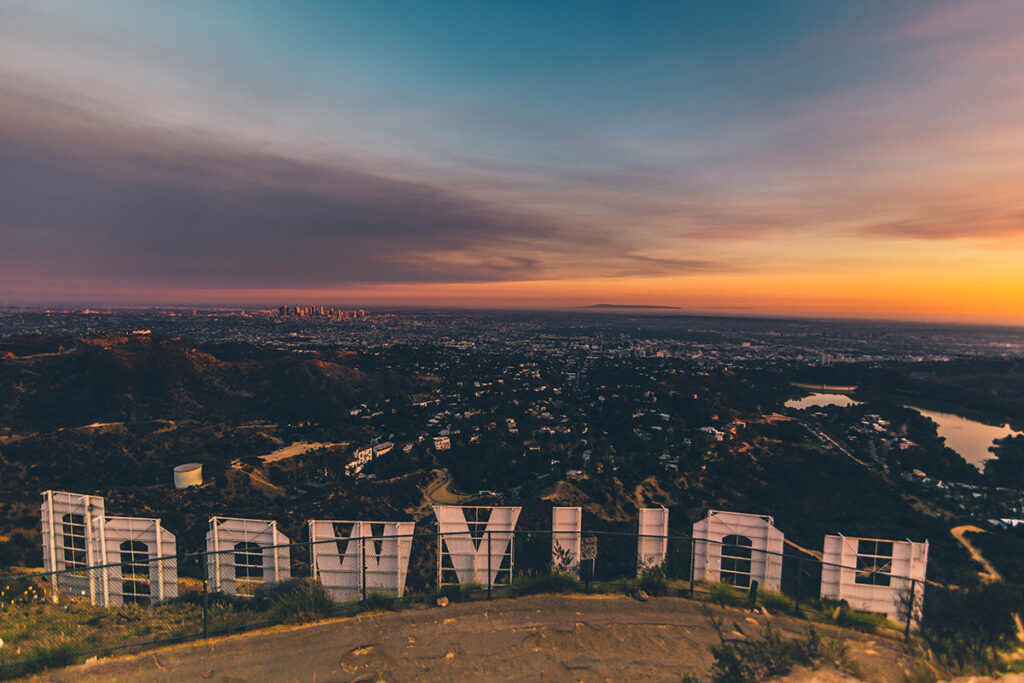
After more than 35 years of operation, TBI is closing its doors and our website will no longer be updated daily. Thank you for all of your support.
US writers strike ‘could cost industry $600m annually’, as studios & buyers brace for price rises
Buyers of US shows are likely to see price rises as studios face cost increases of up to $600m a year as a result of the writers strike, according to ratings agency Moody’s.
The Writers Guild of America (WGA) and the Alliance of Motion Picture and Television Producers (AMPTP) – representing parties including Netflix, Apple, Amazon and the major US studios – started striking on Tuesday after talks to forge a new collective bargaining agreement failed.
As international buyers look ahead to LA Screenings later this month, Moody’s suggests a new three-year WGA agreement will likely add between $250m-$350m a year to costs for media companies.
It would also prompt similar improvements for members of other unions, such as the Directors Guild of America (DGA) and the American Federation of Television and Radio Artists and Screen Actors Guild (SAG-AFTRA), whose contracts with studios expire 30 June.
“Extrapolating the likely increase for WGA to other union deals, we estimate collective total annual cost increases for rated companies to be $450m to $600m a year,” said Neil Begley, SVP for Moody’s Investors Service.
Begley added that there “is great play” in the estimates but added that “some of this increased cost, particularly for television production, is likely to be passed on to buyers.”
Timelines & damage
While the most recent writers strike in 2007 lasted 100 days, Moody’s says it expects the current standoff to last “three months or more” because the “stakes are larger.”
This is largely because writers have seen residual payments dry up as studios went direct-to-consumer with their own streaming services, cutting back on third-party distribution and syndication in the process. Other major issues lie around the potential impact, and management of, AI, as well as the size of writers rooms.
While a “limited strike” of two months or less would only have a “nominal impact” on media firms, a very long strike – six months or more – “could prove bothersome and even dire” for some companies relying on scripted content, the report adds.
Most at risk would be cinema operators, but free and pay broadcast networks would also feel considerable pain as they attempt to deal with cord-cutting. Streamers would be next “in the hierarchy”, Moody’s claims, “but that risk is dependent upon how much library content rights they have, how well prepared their pipelines are for a strike, and how internationally diversified their content production and rights are (may be able to import some owned or licensed content).”
Netflix has already pointed to its own well-stocked international pipeline, while Amazon is also partially protected, with shows such as Lord Of The Rings: The Rings Of Power already filming its second season outside of the US.
For others, however, a prolonged strike could have a far more profound effect than in 2007 because there are more “highly leveraged” companies than during previous strikes, Moody’s says. It adds that some may see an initial bump in cash flow, but only because production has been halted.
Buyers, meanwhile, will turn to more reality programming and “expanded sports coverage” as well as reruns, although the widely predicted strike meant most were able to stock pipelines in advance.
For streamer, whose release schedules “are more random”, compared with linear networks, “consumers are unlikely to immediately notice any pause in, or lengthening of, the cadence of original series releases.”
Begley adds that the strike “could cause some disruption and ultimately a settlement is highly likely to result in higher costs for all producers and distributors, and potentially for consumers which could moderately impact subscription growth and churn rates.”



